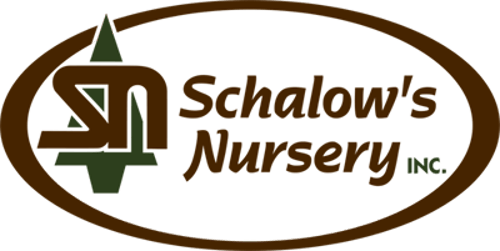Seasonal Advice
Our expertly-trained staff of horticulturalists, landscape architects, and garden center personnel are here to answer any questions you have regarding your landscape.
Please feel free to give us a call any time at: 715-591-3478
Below you will find, common issues and solutions regarding landscape care and maintenance in our Central Wisconsin climate:
Scroll down to see tips for the entire season!
SPRING
APRIL
Stop crabgrass before it starts with a crabgrass preventer. We suggest a mid-April to early-May application.
Kill insects before they hatch with a dormant oil spray. It is recommended to spray when the temperature is above 40°F and before the buds have a chance to swell (late spring).
Stop birch leaf minor with a chemical application. The trees absorb the herbicide through the roots to kill the insects when they attack the new leaves.
Apply Fertilome Lawn Food Plus Iron to your lawn to give it a fast start.
Remove dead foliage from herbacious perennials. This will give needed oxygen, light, and nutrients.
MAY
Identify insect and disease problems and treat with the proper pesticide.
Apply insecticide spray to fruit trees, following label instructions. Use root stimulator when planting trees and shrubs. This encourages a strong root system and reduces transplant shock.
When seeding your lawn, be sure to use new lawn starter fertilizer.
Use slow release complete fertilizer (Osmocote) on your trees, shrubs, and flowers. Water as you fertilize to develop healthy plants.
Use Fertilome Weed Out with Trimec to help control dandelions and other broadleaf weeds in your lawn.
Upgrade shredded bark as needed (approx. 1-2" top coat).
JUNE
This is an important time to fertilize your lawn with Fertilome Slow Release Nitrogen. This helps to replace nutrients that are used up in the early spring.
Continue to monitor for insects and disease. Bring in samples or call our Garden Center for helpful recommendations.
Remove spent flower heads on spring blooming bulbs and other early bloomers.
Keep your lawn mowed at a 2 1/2" - 3" minimum height. Do not remove more than 1/3 of the leaf blade at one time.
Introduce pockets of annuals in high impact areas for seasonal color and array.
SUMMER
JULY
Shot spray invasive annual lawn weeds such as crabgrass, nutgrass, etc. with appropriate herbicide.
Watch plants for disease and insects. Use Triple Action to control chewing and sucking insects and diseases on trees, shrubs, roses, and flowers.
Supplement rainfall to guarantee 1" of water per week.
Remove weeds from planting beds.
Remove spent blooms from plants as needed.
Fertilize established lawns with Fertilome Slow Release Fertilizer except in times of drought.
AUGUST
Seed new grass and spot seed in late August through mid-September. Use new lawn starter fertilizer to build strong root systems. Keep soil moist for the new seedlings.
Control broadleaf weeds such as dandelions, clover, and creeping charlie with Trimec, following instructions.
Supplement rainfall to guarantee 1" of water per week.
Continue weeding and deadheading in landscape beds
FALL
SEPTEMBER
Continue to seed or sod new lawns. Don't forget the new lawn starter fertilizer.
Start dividing herbaceous perennials as needed or desired.
Prepare areas in planting beds for late October bulb planting.
OCTOBER
Plant fall bulbs using bone meal or bulb food to help establish root systems and give plants necessary food for spring blooms.
Feed trees and shrubs after leaf drop with a complete slow release fertilizer or composted manure for strong vibrant plants in spring.
Apply lawn winterizer after the final mowing. This is the most important feeding of the year.
Rake and compost leaves.
Winterize ponds and irrigation systems.
